The Road To Kickstarter – Nuts & Bolts
January 5, 2016 by crew
Massive Awesome is Simon Barlow and John Taylor, friends and business partners whose shared love of gaming and a desire to make something awesome prompted us to set out on our own. We are currently deep into preparation for the launch of the tabletop miniatures game Shattered Earth on Kickstarter...
In this ongoing series – the previous entries of which you can read HERE (Part Two - Stay On Target) – our aim is to write about all the steps we’ve taken along the way, and to create an ongoing discussion with the community about what it takes to launch a brand new game into the market.
7. Miniature Production
As we mentioned last week, Shattered Earth is being created using a full digital production pipeline, which means that everything from the initial artwork to the final master model is produced on a computer. This is a long way from how your favourite orcs and wizards were produced decades ago, where a hand-drawn character would be sent to a sculptor who would then sculpt the master model by hand.
That is not to say that the modern method is necessarily better than the traditional, just that it is much more convenient for Massive Awesome, where we have Simon, myself, an artist, sculptor and 3D printer spanning five different locations across three continents. The level of collaboration and iterative working towards a product that we’re all happy with would be near-impossible if we had to keep posting art and photos of a physical sculpt around the world for every model.
Aside from the logistical convenience, the main advantages of going digital lie in greater flexibility. Changes can usually be made more quickly and, crucially, undone if necessary. Miniatures can also be re-scaled to fit the overall range better, or even to produce larger ‘three up’ scale pieces.
Finally, if anything should happen to your master model, it’s simply the case of having another one 3D printed rather than trying to re-create a mould using one of your prototype casts.
8. Materials
All gamers will likely have a preferred material that they like their models to be made out of. This might be based on price, ease of painting or nostalgia for the models of their youth. I could write an entire article about this decision alone, canvassing opinions, and likely struggling to find a consensus.
It goes without saying that there are pros and cons for each material, but the ultimate decision for a new start-up will likely come down to cost.
The traditional view of metal being cheap and cheerful, plastic being mass-market and resin being a premium or luxury product is based upon a slightly dated view of the market. Yes, there are a lot of companies that still fit this description but there are now many exceptions. Look at the great quality of Corvus Belli’s metal Infinity miniatures for example, or the level of detail that Games Workshop manages on some of their injection moulded plastic kits.
In all likelihood you will find metal to be the cheapest option due to the reasonable mould length and the ability to melt down and reuse any miscasts. Whilst resin has a higher cost per miniature due to more expensive raw materials and the lower yield from each mould, the difference isn’t quite as stark as it perhaps was a decade ago.
Regardless, for both of these materials you have a fairly predictable price per model you can use to calculate your costs as production ramps up. Just remember to factor in miscasts in your overheads if you decide to go for resin.
Plastic injection moulding – most often using HIPS, or high impact polystyrene – is very different. Instead of building a rubber or silicone mould, injection moulding uses metal tools that have a vastly higher yield. These are very expensive, running into the tens of thousands for a single 6” by 8” tool but, once you’ve built one, you only pay pennies for the cost of the plastic.
This is why few companies start out this way as you need to be very confident of selling the necessary volume of models to drive down the cost per model to an affordable level. If you look at the top five or so miniatures games and see when in their lifespan they switched over to plastic, you’ll get a good idea of the sort of volumes you need to be selling.
(Hey guys, Simon here. There is a lot of very bad information out there on the internet regarding the difference in production costs between the three main materials used in miniature gaming. If anyone would like to know more about this volatile subject, drop me a note in the comments.)
9. Casting
Once you have your master sculpt, either produced by hand or as a 3D print, it's time to send it to the caster for mass production. But wait! First you need to make sure you’ve checked all the pieces very carefully. If any of the keys are off or some details are missing or incorrect, now is the time to spot it and rectify it.
Anything that looks a little flimsy and prone to breaking will likely do just that and it can be an expensive lesson to learn if you didn't check the initial master and you end up with 3,000 models whose arms don't attach properly. Take your time, bulk out any pieces you think could cause you problems, and get your caster to run a final check on them before you commit to a production run.
A Final Point
One final point about casting that is especially important for Kickstarter fulfilment is to check what sort of volume your caster can produce, and what their schedule is like. If your plan is based around 5,000 miniatures and your caster can only produce 200 a week, that’s six months of production time just to get everything made – and that’s after you’ve designed and sculpted everything.
Most Kickstarters are late – as consumers we expect that, and are happy as long as the company is in regular communication with us – but you can mitigate those delays by arming yourself with knowledge in advance. Be realistic about what you can achieve, and listen to your production partners. They’ve likely been doing this for far longer than you, and whatever advice they give you is worth its weight in gold.
If you would like to write articles for Beasts Of War then please get in contact with us at [email protected] for more information!
"It goes without saying that there are pros and cons for each material, but the ultimate decision for a new start-up will likely come down to cost..."
Supported by (Turn Off)
Supported by (Turn Off)
"...we have Simon, myself, an artist, sculptor and 3D printer spanning five different locations across three continents. The level of collaboration and iterative working towards a product would be near-impossible if we had to keep posting art and photos of a physical sculpt around the world for every model"
Supported by (Turn Off)





























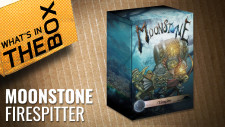



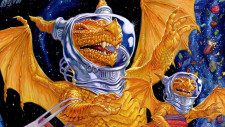

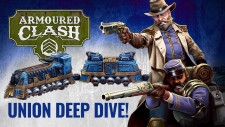
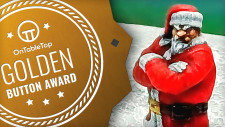




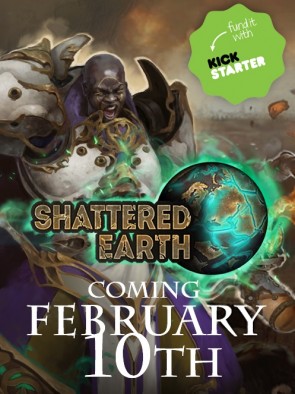
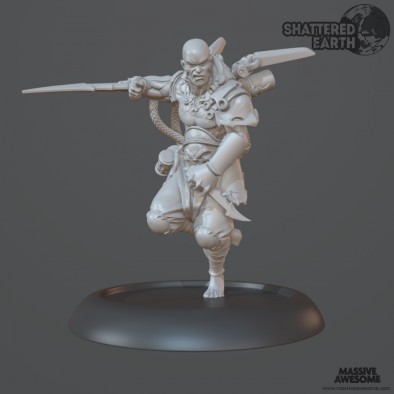
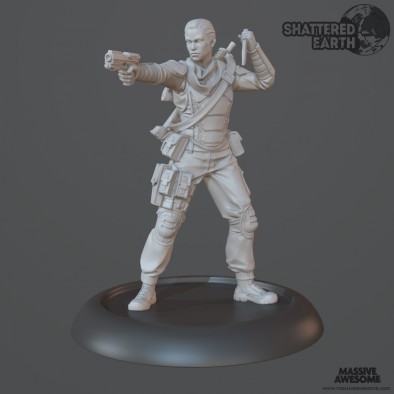
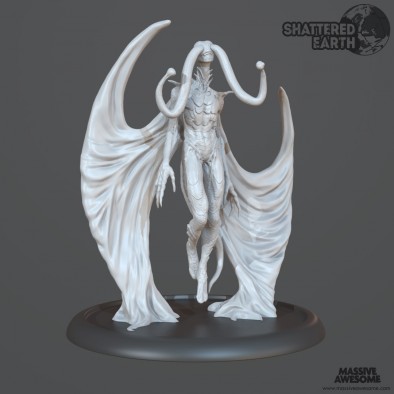
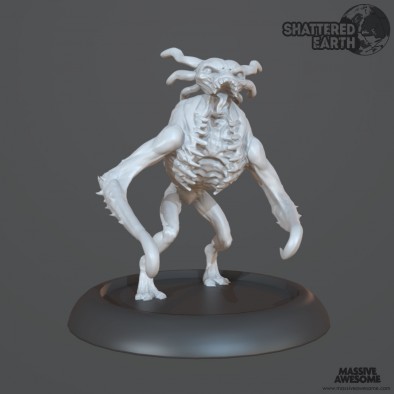
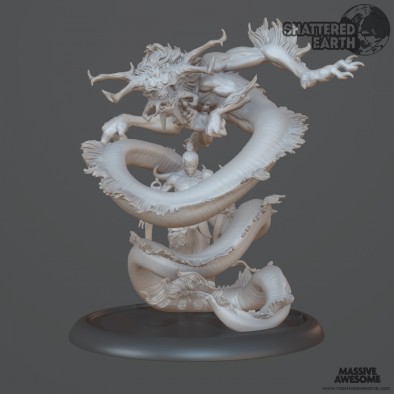
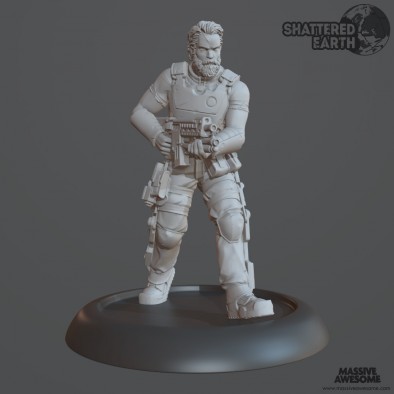




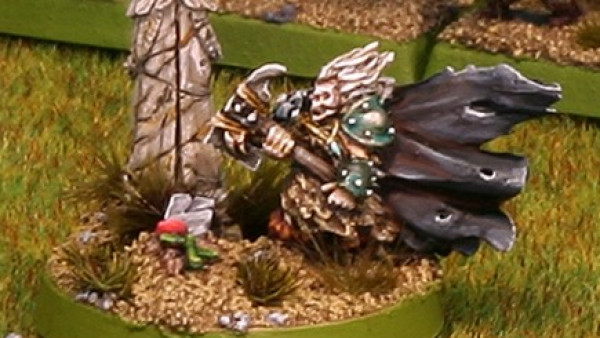
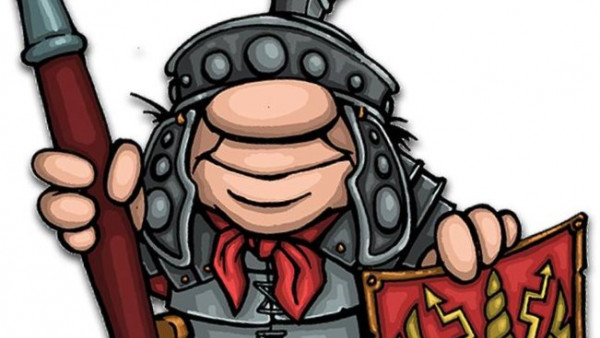
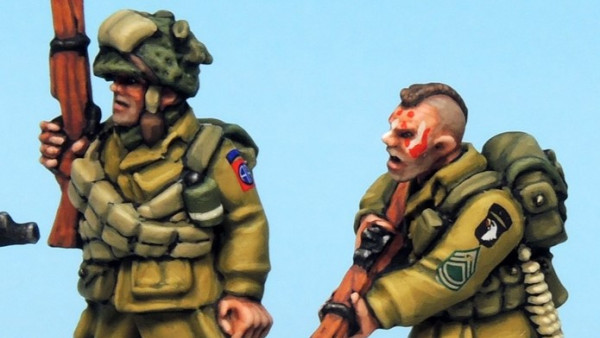
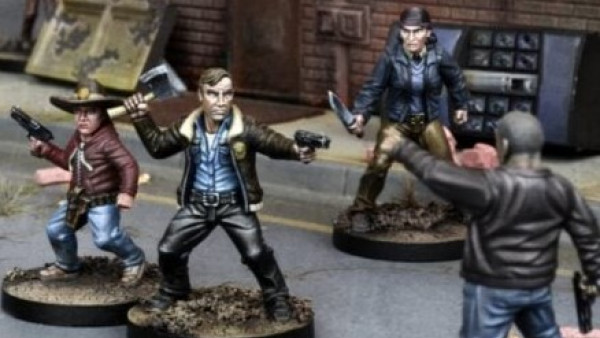


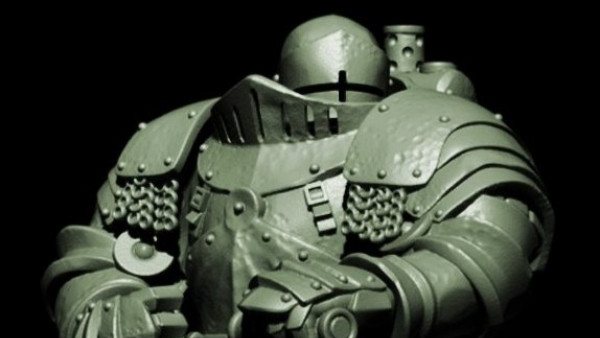
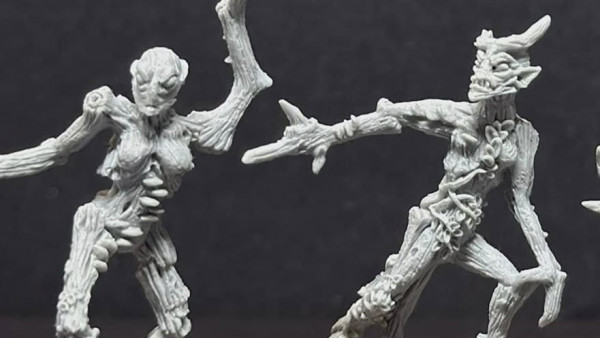
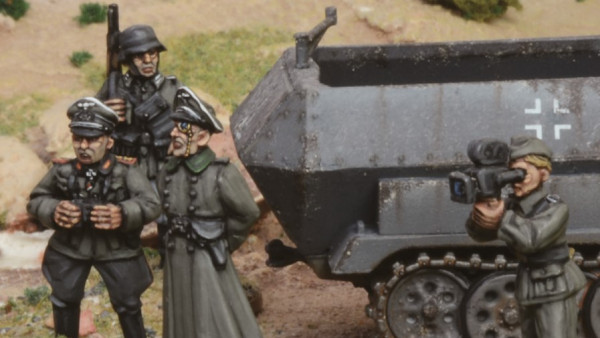
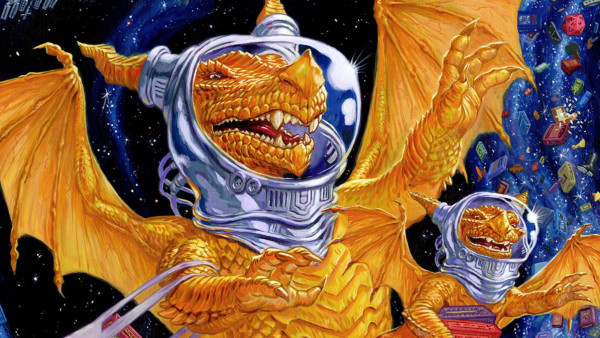
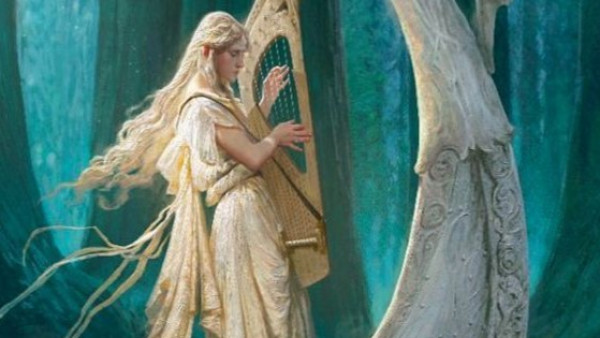
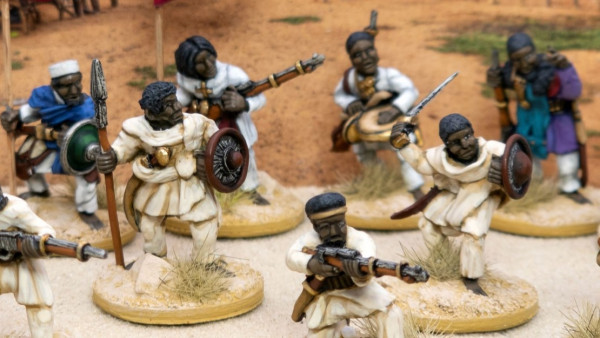
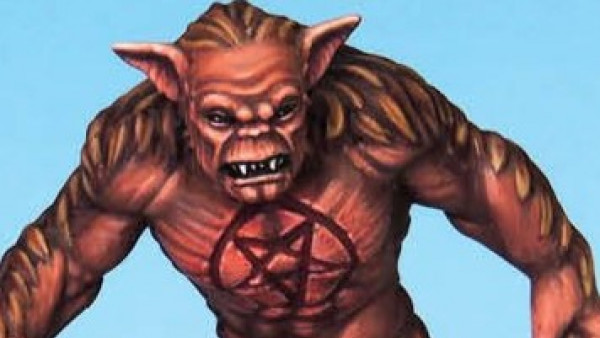
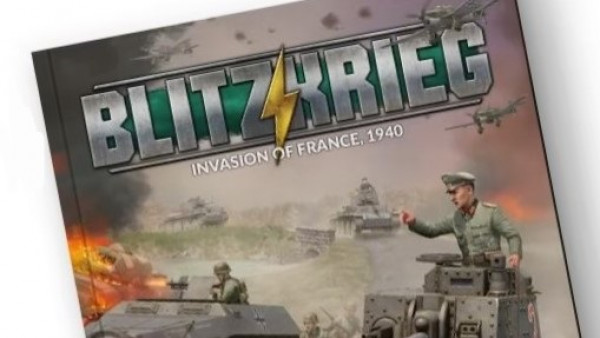
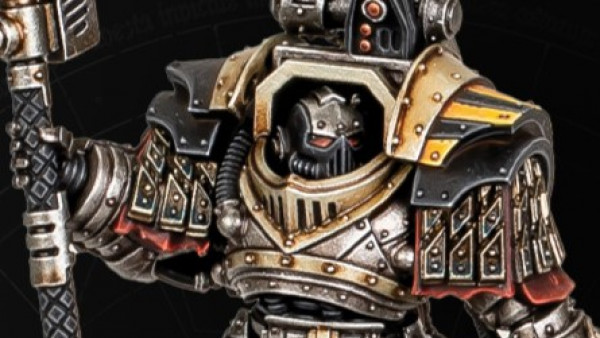
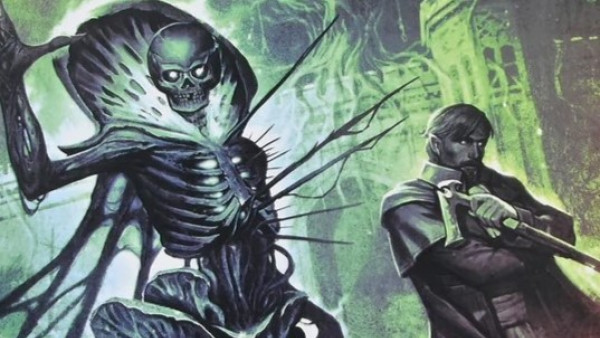
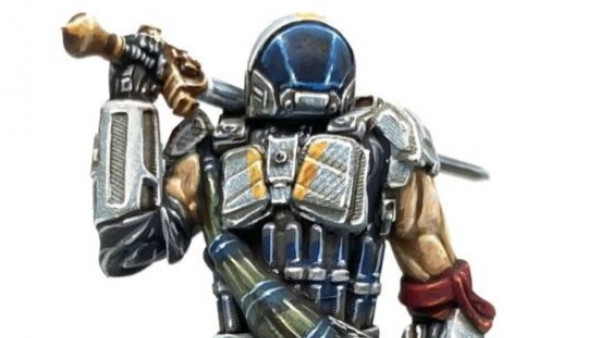

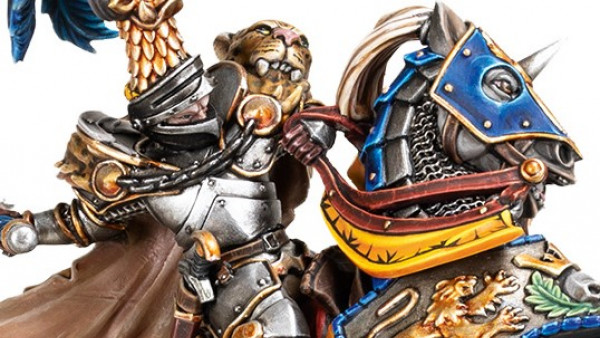

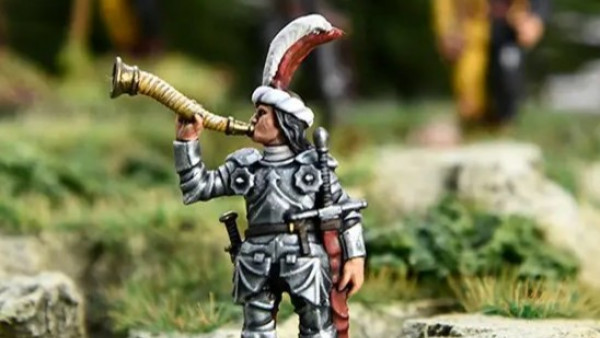

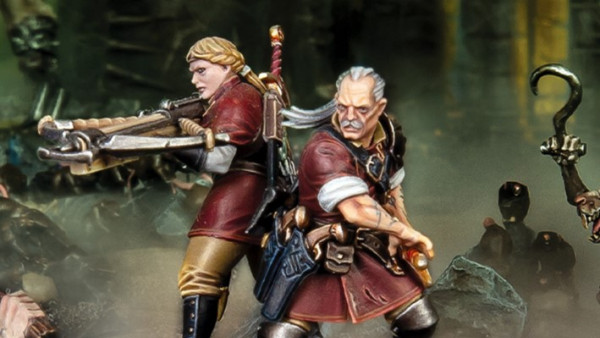
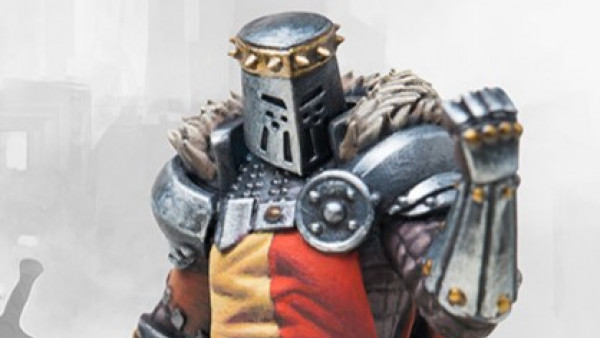
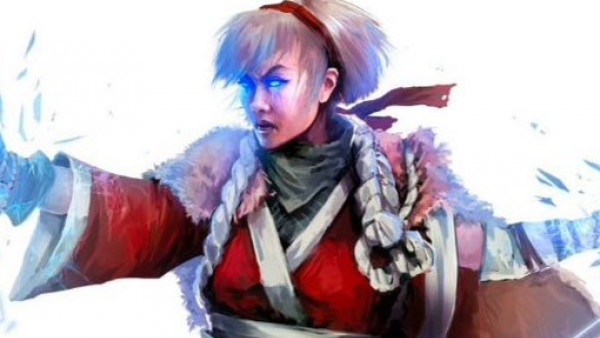

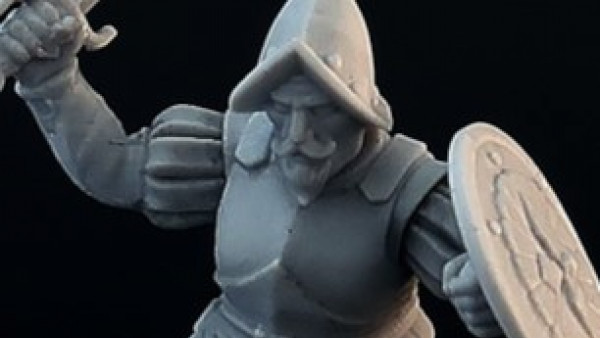

Some absolutely beautiful models, and pretty sound advice.
I am pretty interested to see how this all turns out, so often Kickstarter is the world of broken promises, but this seems like how kickstarter is meant to be used.
Another good article guys and some great renders. Keep them coming 🙂
There are just too many awesome miniatures/games coming to/on the market these days and it looks like Shattered Earth will be another. Preserve my wallet oh mighty kickstarter! 😀
good article, find it quite useful for my own projects. Sorely wish plastic was more affordable, but then if it was everyone would be using it I guess.
Thanks for all the great feedback – I’m really glad people are finding this series useful. It’s our intention to continue being open and honest with people, and hopefully help out other start-ups in getting their games to market.
As a student in the field of engineering, design, and manufacturing I can guarantee that there is far more that needs to be considered than anyone outside the field could possibly imagine. Talk to the manufacturers. They know what they are doing and can offer advice and suggestions to help. The manufacturer needs to be at the planning table along with everyone else to help you build a better plan from the beginning.
This is in support of the article’s points, not trying to talk down to the authors. They seem to know this stuff.
No worries lordtothe. I fully agree, when an experienced caster says you should bulk up part of your model, you should certainly listen. Also if there is anything we’ve missed, please feel free to add to the comments section, we’d love for more experienced people than us to improve our articles.
I’m not particularly experienced. I just know enough as a student to look like an expert to those who don’t know anything, and to be annoying to those who actually know what they’re talking about.
I really really like what I see. But I even more like what I read as it shows that you try to do as much homework BEFORE the KS as possible. So you have my attention (already after the first part of the 3 posts) and after seeing the render you also have more than fair chances to have my Money. Only important Thing for me is now, if you offer a nice oldschool printed rulebook with much fluff as this is more authentic for me than any digital stuff. One last Thing for my hobby Budget planings: What is… Read more »
Hi Fabian, thanks for your support! If you haven’t already done so, please like our Facebook page (https://www.facebook.com/massiveawesome/) so you don’t miss any announcements. The Kickstarter will be going live on February 10th. We’ll run a short preview of the campaign the week before to solicit feedback and allow people time to plan their pledges (we’ve got a bunch of awesome minis to launch!). We also share your passion for beautiful rulebooks packed with content, and we have plans to produce a physical book for Shattered Earth. The storyline behind the game is incredibly important to us!
I am having great pleasure with these articles for both reasons: high interest on the generic contents and high expectacions on your particular project Shattered Earth. Thanks for both.
(Hey guys, Simon here. There is a lot of very bad information out there on the internet regarding the difference in production costs between the three main materials used in miniature gaming. If anyone would like to know more about this volatile subject, drop me a note in the comments.)
I for one would be very interested in knowing more about this subject. Also, great article, great looking minis!
Absolutely! Anything in particular you’d like to know?
Is “all the things” to vague? 😉 Seriously though, what’s the differences between getting stuff produced in China vs. UK or USA or whatever country you might live in? Why do a lot of Kickstarter produced games use that terrible polyvinyl plastic? It’s terrible to paint and all the bases warped all to hell. Is it cheaper than injection moulded HIPS? I assume the vast majority of games getting funded on KS are using one of a few different manufacturers, causing long production logs. Is that true? If so, does that affect pricing structures, etc. Honestly, basically the entire production… Read more »
Not at all! In fact, I started to write a reply last night but quickly realised that it was likely to get out of hand, so I posted it up on our blog instead: http://www.massiveawesome.com/massive-awesome/miniature-myth-busting/. Hopefully that gives you some insight into the process. It’s a lot to take in and has been a steep learning curve for me over the last 12 months, but if I can shed some light on the often-murky world of miniature production I will. Unfortunately, as noted in the blog post, I have no experience with PVC, but I can only assume that it’s… Read more »
Brilliant! Thanks for such an in-depth blog post. And for taking the time to do it as a blog post over just a big comment on this post!
Thanks for the detailed post on the production process. Really learning a lot from these articles.
The models are looking great. How did you go about finding the sculptor? And if it is not too sensitive, what sort of payment arrangements do you have with the sculptor/3D printer? Is it per model? Royalty %? etc
Thanks redvers – I’m glad you’re enjoying them! In terms of finding a sculptor we went about it in a few different ways. I used a couple of my contacts in the games industry initially, then contacted sculptors whose work I really liked, and who I thought would be suitable for Shattered Earth. In terms of payment it really depends on the individual. Like any contractor it can be an hourly or a day rate, or a fixed amount per piece. I don’t do royalty deals simply because I believe people should be paid for the work they do rather… Read more »
Yeah…. I think my wallet is gonna hate you….
Really hope you choose resin as the medium for these minis, if I’m only using ~12 per side then I’d really like to spend more time on them compared to a “standard army paint job”, and in my opinion, I find resin is the best medium for getting the more intricate details on characters.
Keep up the good work, looking forward to seeing what happens! 🙂
Thanks! We’re producing the entire range in resin – the detail is phenomenal and we’d lose a decent chunk of it if we cast in metal.
This is music to my ears….. ad yes my wallet is crying even more now 🙂
Hi Simon, I would be very interested in your experience with production costs of the 3 materials. I’m working on developing pricing for that very thing and am finding it difficult to find reliable information.
Thank you!
Hi there! I actually posted a link to an article I’d written a few posts up covering just that: http://www.massiveawesome.com/massive-awesome/miniature-myth-busting/